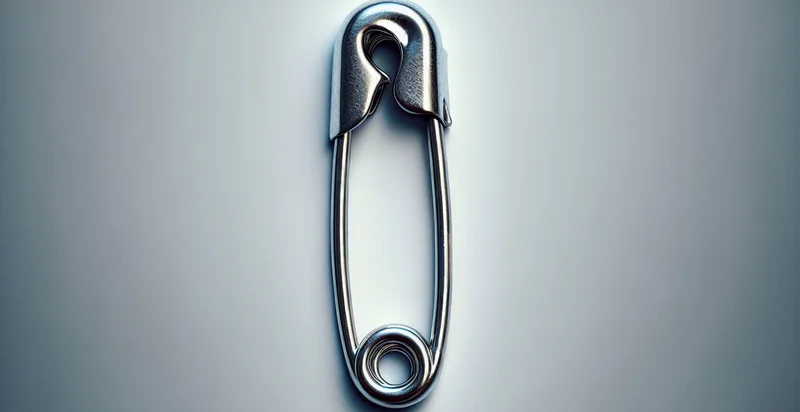Identify what material a rolling pin is made from
using AI
Below is a free classifier to identify what material a rolling pin is made from. Just upload your image, and our AI will predict what material a rolling pin is made from - in just seconds.

Contact us for API access
Or, use Nyckel to build highly-accurate custom classifiers in just minutes. No PhD required.
Get started
import nyckel
credentials = nyckel.Credentials("YOUR_CLIENT_ID", "YOUR_CLIENT_SECRET")
nyckel.invoke("what-material-a-rolling-pin-is-made-from", "your_image_url", credentials)
fetch('https://www.nyckel.com/v1/functions/what-material-a-rolling-pin-is-made-from/invoke', {
method: 'POST',
headers: {
'Authorization': 'Bearer ' + 'YOUR_BEARER_TOKEN',
'Content-Type': 'application/json',
},
body: JSON.stringify(
{"data": "your_image_url"}
)
})
.then(response => response.json())
.then(data => console.log(data));
curl -X POST \
-H "Content-Type: application/json" \
-H "Authorization: Bearer YOUR_BEARER_TOKEN" \
-d '{"data": "your_image_url"}' \
https://www.nyckel.com/v1/functions/what-material-a-rolling-pin-is-made-from/invoke
How this classifier works
To start, upload your image. Our AI tool will then predict what material a rolling pin is made from.
This pretrained image model uses a Nyckel-created dataset and has 15 labels, including Acrylic, Aluminum, Bamboo, Ceramic, Composite, Copper, Glass, Marble, Metal and Plastic.
We'll also show a confidence score (the higher the number, the more confident the AI model is around what material a rolling pin is made from).
Whether you're just curious or building what material a rolling pin is made from detection into your application, we hope our classifier proves helpful.
Related Classifiers
Need to identify what material a rolling pin is made from at scale?
Get API or Zapier access to this classifier for free. It's perfect for:
- Material Sourcing Verification: This function can be used by manufacturers to verify the materials used in their rolling pins. By accurately identifying the type of material, manufacturers can ensure compliance with product specifications and environmental regulations.
- Quality Control in Production: In manufacturing facilities, this identifier can serve as a quality control tool to assess whether the correct materials are being used in rolling pin production. By integrating this function into the production line, companies can reduce defects and improve overall product quality.
- E-commerce Product Listings: Online retailers can utilize this function to enhance product descriptions for rolling pins listed on their platforms. By confirming the material composition, retailers can provide accurate information to customers, leading to better purchasing decisions and reduced returns.
- Material-Specific Marketing: Companies can leverage this function for targeted marketing campaigns based on the materials of their rolling pins. By identifying material attributes, businesses can create tailored promotions that appeal to specific customer preferences, such as sustainable or premium materials.
- Culinary Education Tools: Culinary schools and instructors can implement this identifier to educate students about the properties of different rolling pin materials. By understanding how material affects performance, students can make informed choices in their cooking practices.
- Consumer Product Reviews: This function can assist consumers in verifying claims made by manufacturers regarding their rolling pins' materials. By providing unbiased validation, it encourages transparency, allowing consumers to make informed decisions and write trustworthy reviews based on factual information.
- Research and Development: Product developers can use this identifier to explore new materials for rolling pins, testing various prototypes to assess characteristics like durability and usability. Insights gained can guide design improvements and innovative applications in the kitchenware market.


